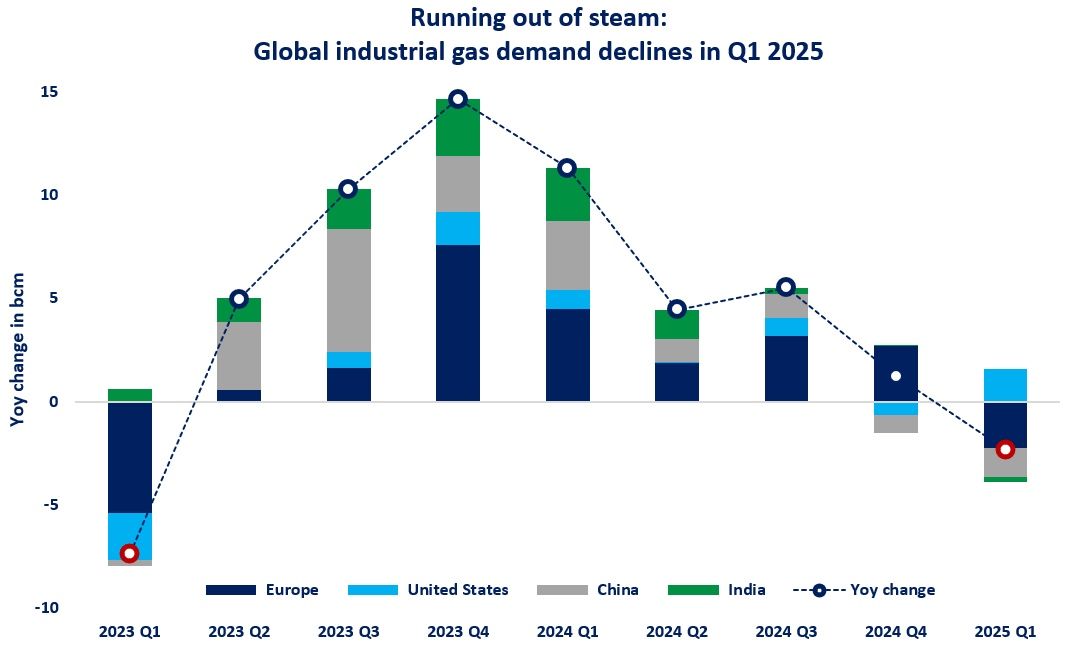

ARA thermal coal spot prices have surged by about 20pc since late March on supply worries amid a ban on Russian imports. But despite a rapid growth in value, burning coal for electricity generation remains much more profitable than gas this year and through into 2023. It might seem that switching to coal is a good option for easing the current gas supply tightness within the region, but is it?
In short, there is not much scope for coal-fired power output to further ramp up across Western Europe in the present market conditions.
The capacity factor for German coal units on average has equaled some 50pc year to date. If Germany’s coal plants started operating at ‘at least’ 70pc of their capacity, this would liberate up to 180 GWh/d of gas within the country. Add to this a rise to the 70pc level in Italy and the Netherlands, and an extra gas-to-coal switch would total 240 GWh/d.
On paper, such a shift may seem easy to implement, but in reality it is not that simple, to say the least. First, there are always technical limitations as well as maintenance works carried out, both planned and unplanned. Second, coal supply has been pretty short across the continent in 2022, with geopolitics only adding to competition among European players. Some of them even had to use coal as a substitute for wood pellets from Russia.
Third, you have interregional competition for coal cargoes available in the market. Amid high LNG prices, Asian companies need to look at alternative energy sources, among them coal. And the unwillingness of power generators in Japan and South Korea to buy Russian coal has left them with fewer supply options, thus intensifying competition with European importers.
Finally, historical data shows that the average daily capacity utilization of coal plants in Western Europe since the start of 2022 has been generally at or above the level of recent years. In the past five years, not including the year of 2020 due to a departure from coal-fired generation amid record low gas prices, German coal units operated on average at 44pc of their capacity. For the first three and a half months of 2022, this figure stood at 50pc. In Italy, this year’s capacity factor for coal plants has increased to 37pc as compared to the five-year average of 35pc, while in the Netherlands it has been 57pc vs. 62pc between 2017 and 2021.
As was rightly pointed out by Timera Energy analysts in their latest piece of analysis (by the way, highly recommended for those who have not yet seen it in their blog), given the wide gap between the current gas price curve and coal switching range it seems that most power generators, which had the ability to maximize output from their coal units, have already done that.
Source: Yakov Grabar (LinkedIn)













